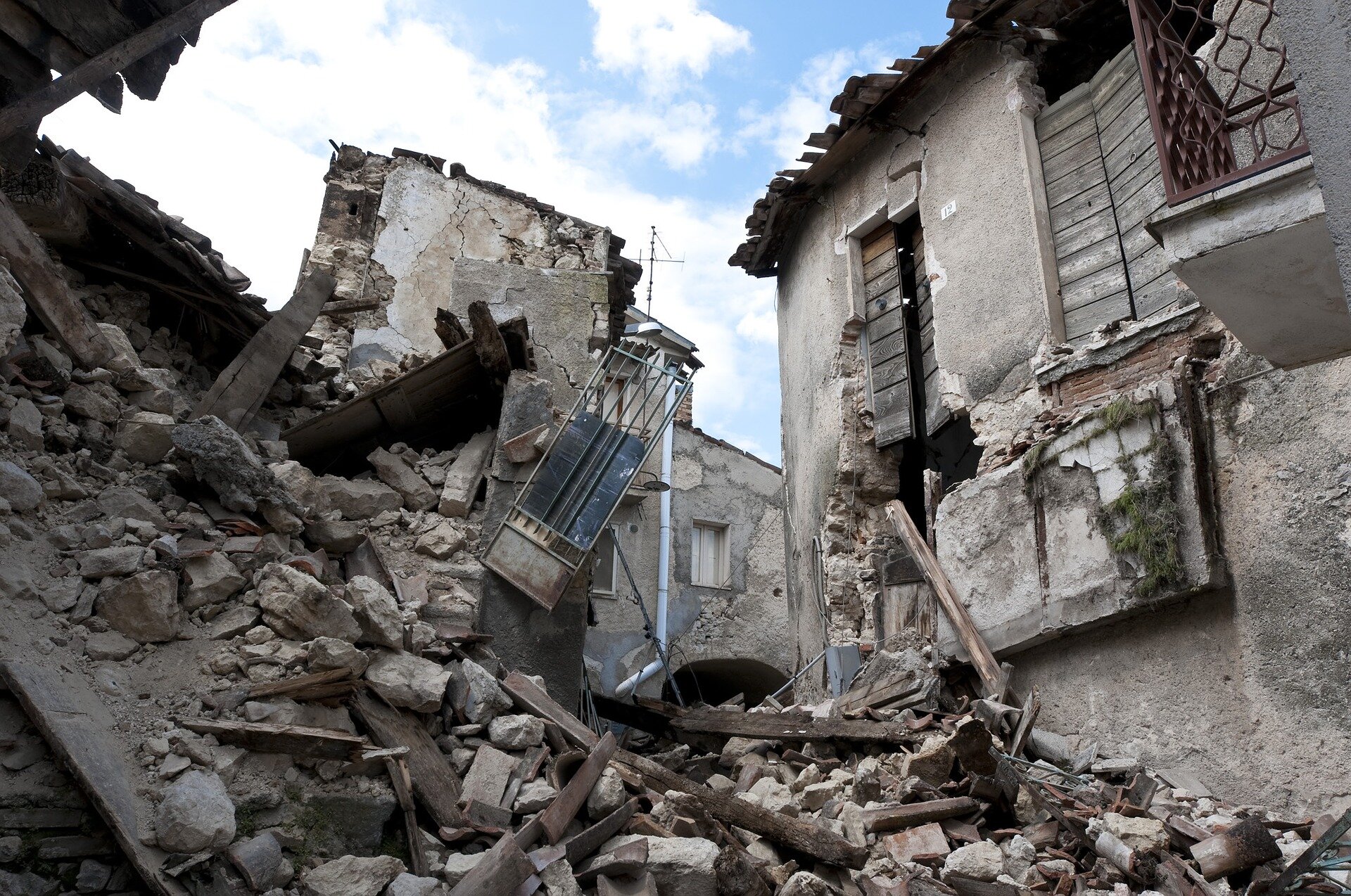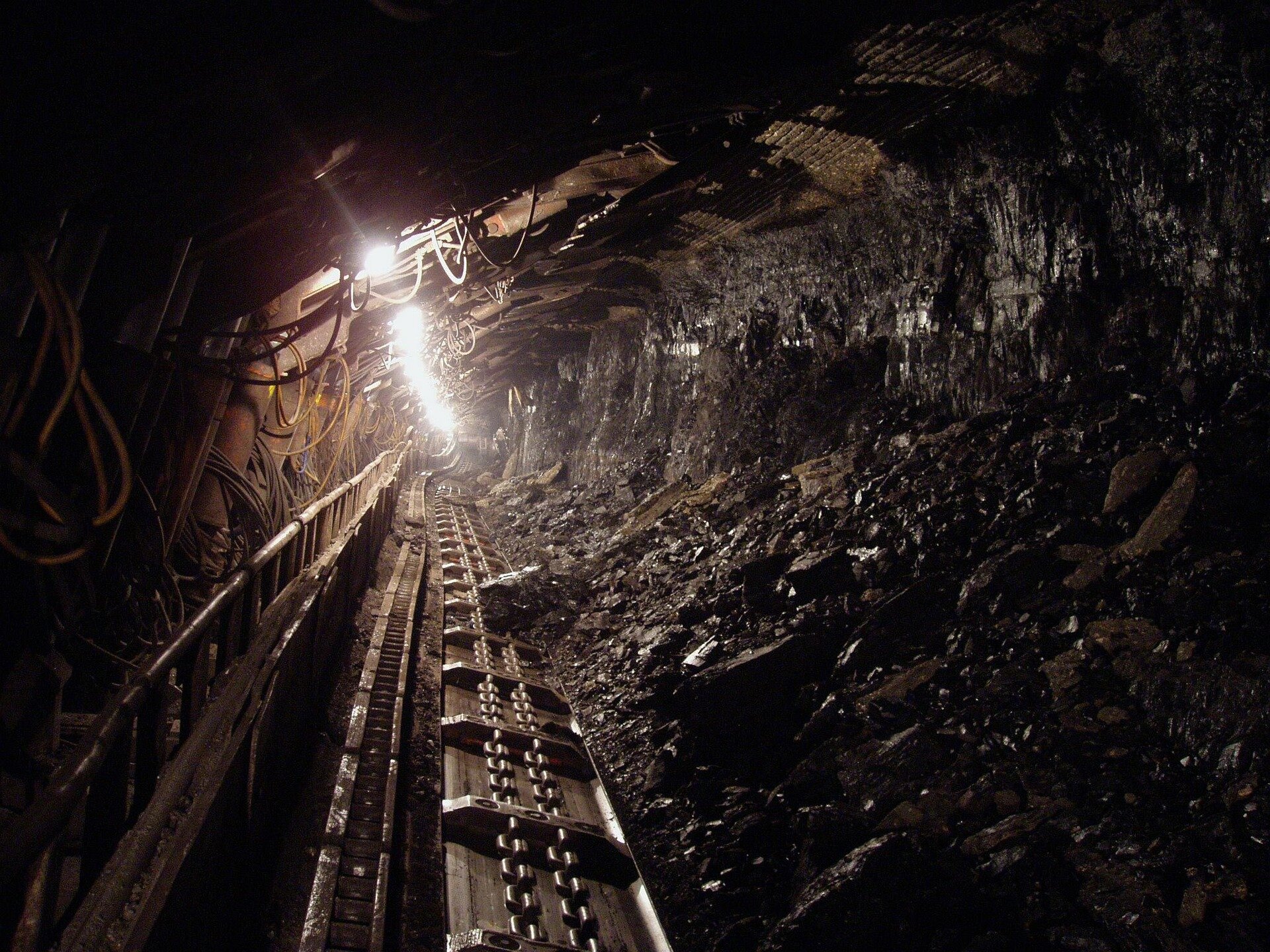- Southwest Airlines raises summer revenue forecast, authorizes $2.5 billion in share buyback
- China's Xi and top leaders call for halting real estate decline, responding to public concerns
- Google venture arm backs startup aiming to bring mixed reality to any car windshield or plane cockpit
- David Tepper says the Fed has to cut rates at least two or three more times to keep credibility
- Swiss central bank cuts rates by a quarter point in third trim this year
What do you believe is the single most important factor driving up the cost of living in Nigeria?

Researchers explore novel approach to map forest dieback in satellite images
Forests and woodlands cover one third of Earth's surface and play a critical role in carbon sequestration, water regulation, timber production, soil protection, and biodiversity conservation. Accelerated by climate change, the decline of these and other key forest ecosystem services is caused by various biotic and abiotic disturbances. Among them, insect infestations and disease outbreaks can induce massive tree dieback and significantly disrupt ecosystem dynamics.
Forest surveillance is crucial to monitor, quantify and possibly prevent such events. However, most common strategies primarily rely on laborious and time-consuming field surveys, restricting geographical coverage and preventing large-scale analysis across vast territories.
On the other hand, the large amounts of remote sensing information collected via Earth observation missions constitutes an unprecedented opportunity to scale up forest dieback assessment and surveillance over large areas.
In a study published in the Journal of Intelligent Information Systems, researchers from the University of Bary Aldo Moro, Italy, and collaborators explore the performance of a data-centric semantic segmentation approach to detect forest tree dieback events due to bark beetle infestation in satellite images.
Named DIAMANTE (Data-centrIc semAntic segMentation to mAp iNfestations in saTellite imagEs), their approach trains a U-Net-like model from a labeled remote-sensing dataset prepared using both Copernicus Sentinel-1's SAR data and Sentinel-2's multi-spectral optical data.

- September 26, 2024
Police are probing a cyberattack on Wi-Fi networks at UK train stations

- September 26, 2024
Bubbling up: Uncovering melt pool dynamics in metal manufacturing




- September 26, 2024
New study shows AI can forecast mining disasters

- September 26, 2024
Milking might spread bird flu between cows

- September 26, 2024
Free SHS praised for its immense impact on Ghanaians, especially Denkyira

- September 26, 2024
An edible toothpaste-based transistor


- September 26, 2024
Ecobank supports women in mining initiative
Subscribe to our mailing list to get the new updates!

Subscribe our newsletter to stay updated
Thank you for subscribing!



